As Gulf states give $4b, pressure eases on external account
Saudi Arabia releases last $1b tranche of its cash programme
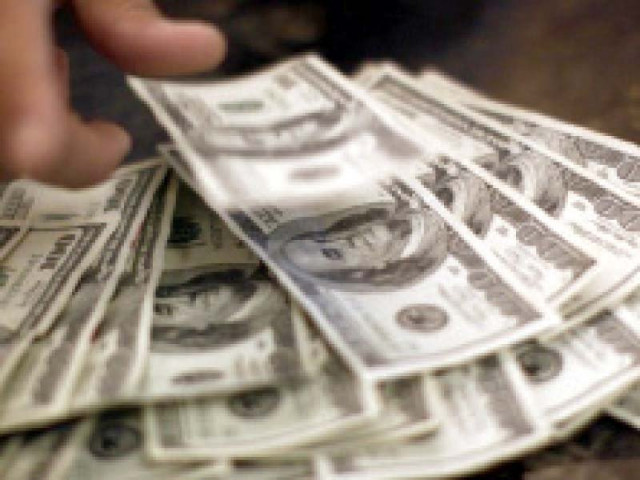
Before the receipt of the latest $2 billion, the central bank in its weekly update reported that its foreign currency reserves dropped to a 57-month low of $6.63 billion as of January 18, 2019. PHOTO: FILE
The deposits, which came under financial packages totalling $6 billion from the two Gulf states aimed at stabilising Pakistan’s dwindling foreign currency reserves, have helped stave off immediate challenges and the country will be able to make international payments in the ongoing fiscal year.
Besides, the receipts have also eased the pressure on further rupee depreciation and interest rate hikes in the short-to-medium term. Now, the government needs to focus on creating avenues for boosting its foreign income through higher exports and attracting more remittances to avoid reliance on foreign assistance and loan programmes in the long run.
“The SBP (State Bank of Pakistan) has received the third tranche of $1 billion from Saudi Arabia,” the central bank said in a tweet on Friday.
The inflow marks back-to-back receipt of $1 billion in the SBP reserves. On Thursday, the UAE deposited $1 billion under the recently announced $3-billion programme for Pakistan.
Earlier, Saudi Arabia had agreed on a $3-billion financial package in October 2018. Later, the UAE matched the kingdom’s package and inked an agreement with Pakistan for depositing $3 billion.
Before the receipt of the latest $2 billion, the central bank in its weekly update reported on Thursday that its foreign currency reserves dropped to a 57-month low of $6.63 billion as of January 18, 2019. With these reserves, Pakistan can hardly cover one-and-a-half-month of imports.
The reserves have continued to drop over the last two years due to Pakistan’s high foreign expenditure and low income, which is known as the current account deficit.
The deficit was recorded at $8 billion in first half (Jul-Dec) of the current fiscal year 2018-19, which was slightly lower than $8.4 billion in the same period of previous year.
“With the total receipt of $4 billion, this fiscal year we can comfortably go through,” commented Elixir Securities’ Director Research Hamad Aslam while talking to The Express Tribune.
However, “the country needs to build up reserves for the next fiscal year when the issue of balance of payments will re-merge but with low intensity.”
Pakistan receives last tranche of Saudi Arabia's $3b aid package
Pakistan will need to arrange foreign financing of around $10 billion for the next fiscal year 2019-20 compared to $12-13 billion in the current year.
Aslam pointed out that the SBP’s foreign currency reserves had depleted fast in the wake of a record high current account deficit of $19 billion in the previous fiscal year.
“The deficit in FY19 is estimated at $12 billion, which is expected to go down to $7.5-8 billion in FY20,” he anticipated.
The balance of payments challenge will continue to rear its head after every four to five years unless imports are reduced and sluggish exports get a constant boost. “Imports and exports need a dramatic shift,” Aslam remarked.
The estimated deficit for FY19 and FY20 are inclusive of the $3-billion credit line from Saudi Arabia established for the supply of petroleum products to Pakistan on deferred payments. The credit line is in addition to the $3-billion cash package from Riyadh.
The remaining $2 billion are expected to come from the UAE in the near future. Apart from this, Chinese assistance of over $1 billion, foreign commercial borrowings and receipt of $1.3 billion in foreign direct investment (FDI) so far this fiscal year will help bridge the financing gap in FY19.
China is expected to provide $2-3 billion over the next two to three months while the FDI for FY19 is estimated at around $2.5-3 billion.
“If Chinese loan is secured, the reserves will go back to the position where they were at the beginning of this fiscal year ($16.5 billion including the commercial banks’ reserves),” Aslam said.
“The government has done a massive job. Bigger challenges right now are how to improve economic growth and narrow down the fiscal deficit,” he said.
Pakistan receives first tranche of $3b support package pledged by UAE
The government would have to make massive structural challenges over the next two to three years to cover the financing gap in order to avoid recurrence of the balance of payments crisis in the long run, he suggested.
Published in The Express Tribune, January 26th, 2019.
Like Business on Facebook, follow @TribuneBiz on Twitter to stay informed and join in the conversation.

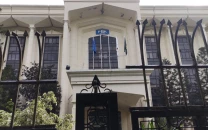
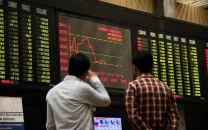


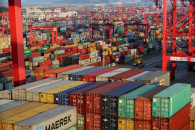

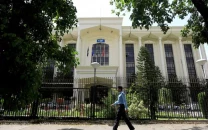











COMMENTS
Comments are moderated and generally will be posted if they are on-topic and not abusive.
For more information, please see our Comments FAQ